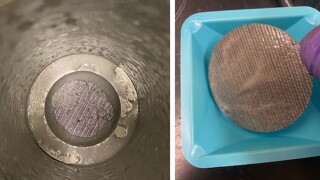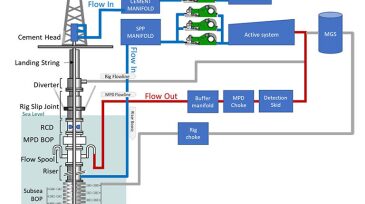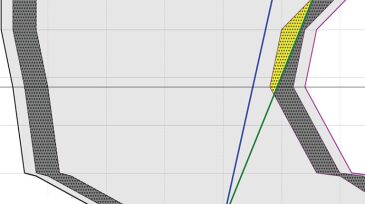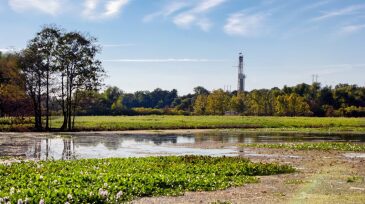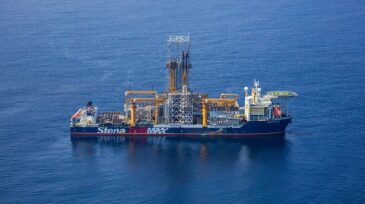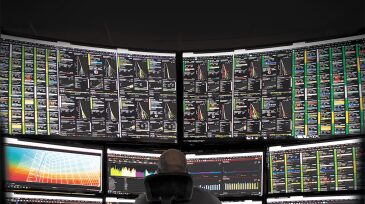Drilling
Geophysicist Markos Sourial discusses advances in seismic imaging, the challenges of modern data processing, and what they mean for the next wave of subsurface professionals.
This research aims to develop a fluid-advisory system that provides recommendations for optimal amounts of chemical additives needed to maintain desired fluid properties in various drilling-fluid systems.
This paper describes development of a high-temperature water-based reservoir drill-in fluid using a novel synthetic polymer and customized with optimal chemical concentrations and sized calcium carbonate.
-
This paper presents lessons learned regarding design, testing, and installation of a completely integrated managed-pressure-drilling (MPD) control system on a deepwater drilling rig.
-
This paper presents the design considerations, methodology, and results of two deepwater MPC operations conducted to cement production casing strings within a target operating window of approximately three-tenths of a pound.
-
This work focuses on the development of specific methodologies to support managed-pressure-dilling (MPD) operations implemented on real-time diagnostic software.
-
ConocoPhillips has pulled out of the much-hyped Louisiana Austin Chalk play after the company’s test wells yielded a gusher of water. Meanwhile, an Australian operator flying under the radar continues to pursue the adjacent-but-even-more-challenging Tuscaloosa Marine Shale.
-
SponsoredIn oil and gas offices around the globe, the term digitalization prompts a range of responses. This white paper outlines a pragmatic approach to digitalization for oil and gas operators, with a focus on drilling and completion.
-
The Yakaar-2 appraisal well encountered 30 m of net gas pay in a similar high-quality Cenomanian reservoir as the Yakaar-1 discovery well drilled in 2017.
-
ExxonMobil has now made 14 discoveries offshore Guyana, while Tullow's announcement of its second find in the basin comes just a month after reporting its first.
-
Not all friction reducers are created equal. With dozens of varieties on the market, industry research suggests that oil and gas companies be choosy.
-
Drilling change requires training drillers. Leadership matters, as does motivation, engaging displays, and understanding office politics. Four different looks at the human side of drilling productivity improvement.
-
The complete paper describes a physics-based model of interference and a sensitivity study to propose guidelines for well spacing and a drilling timeline for multiple horizontal wells in the Vaca Muerta shale.



